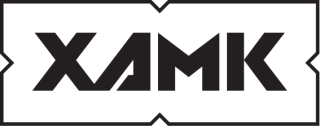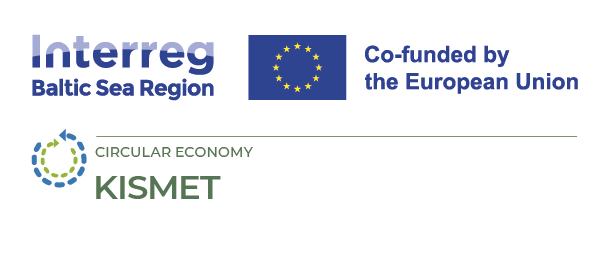
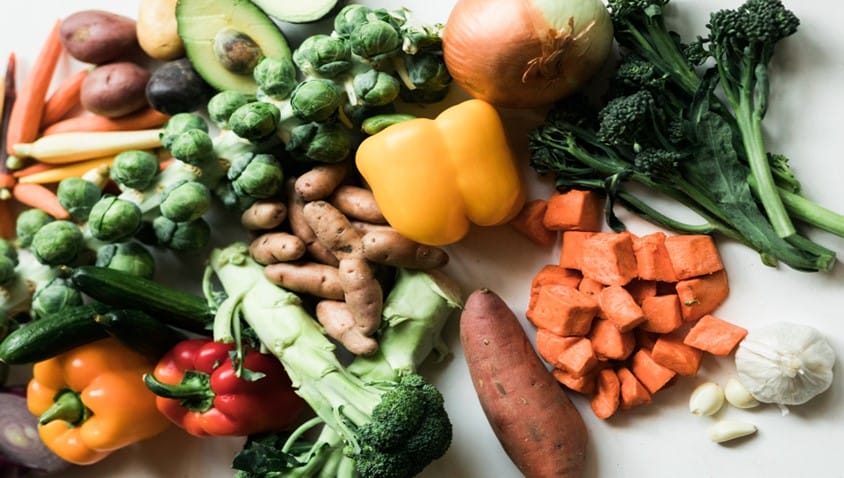
KISMET – Sustainable Food Environments
Picture. Nathan Dumlao.
With Kismet, we change our destiny and transform the current food systems in cities and regions around the Baltic Sea to sustainability.
Kismet provides them with concrete instruments and tools for working better with governance, demand and production sides.
Project Activities and the Solution
The project tackles the challenge that local and regional authorities often lack capacity, require new impulses or need innovative solutions for realising more circular and sustainable food environments. Kismet provides them with concrete instruments and tools for working better with governance, demand and production sides.
The project’s overall solution is the “Enabling Programme for Sustainable Food Environments”, developed by the 13 partner organisations from seven Baltic Sea Region countries. The programme entails a mix of concrete tools for making local food environments more sustainable.
Enabling Programme for Sustainable Food Environments
Kismet pilots the solution in 8 local cases, and South Savo’s pilots will take place in Savonlinna during 2024. After piloting, the Enabling Programme is transferred to further target groups via friendship cities for jointly implementing and rolling out the solution.
At the end of the project, the local food environment of each partner and their friendship city will be better equipped to eventually change consumer behaviour for good, create circular business opportunities and make food chains and production more regional so that societies can make a big step towards climate neutrality.
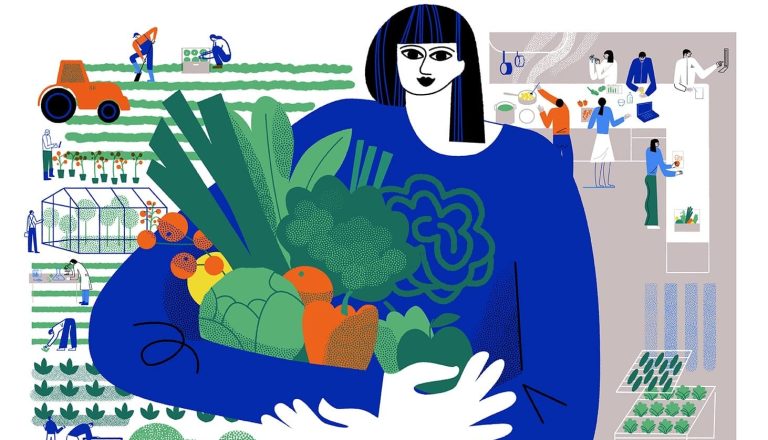
KISMET – Sustainable Food Environments & Circular Food Systems
Work Packages
WP 1 Preparing solutions
1.1 Prepare “participation, governance and integration modules”
1.2 Prepare “guidance for demand-side drivers”
1.3 Prepare a “roadmap for production side drivers”
1.4 Set the stage for the cases in the 8 local innovation partnerships
1.5 Prepare an evaluation concept for the combined “Enabling Programme”
WP 2 Piloting and evaluating solutions
2.1 Pilot the “participation, governance and integration modules”
2.2 Pilot the “guidance for demand-side drivers”
2.3 Pilot the “roadmap for production side drivers”
2.4 Transnational exchange and cross-fertilised learning
2.5 Evaluate and revise the Enabling Programme
WP 3 Transferring solutions
3.1 Organize outreach campaign to include friendhips cities – communicate and exploit results
3.2 Onboarding and introducing friendship cities
3.3 Friendship cities implement the solution supported by transnational activities
3.4 Develop a Durability Master Plan for the Enabling Programme
Pilots in South-Savo
The pilots of the Enabling Programme will take place in Savonlinna during 2024.
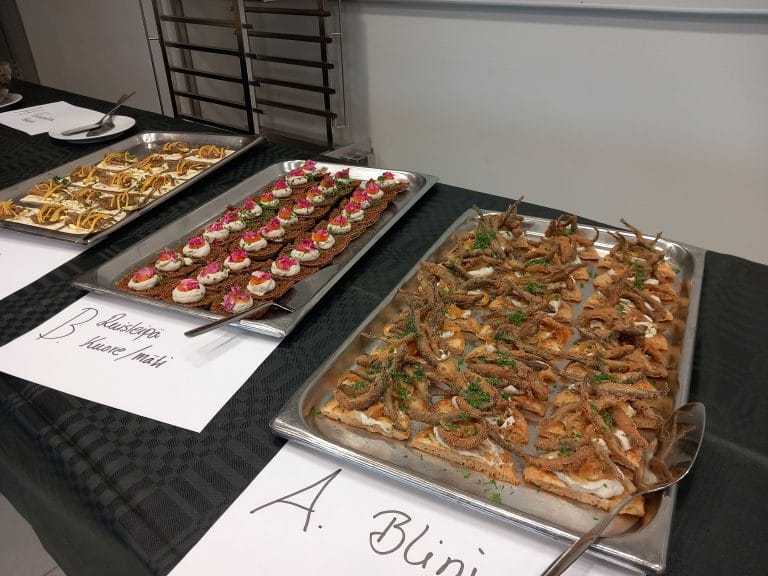
Video about Sustainable product development
Video about Sustainable product development
This video presents the activities of the South-Eastern Finland University of Applied Sciences KISMET – Sustainable Food Environments project related to sustainable product development.
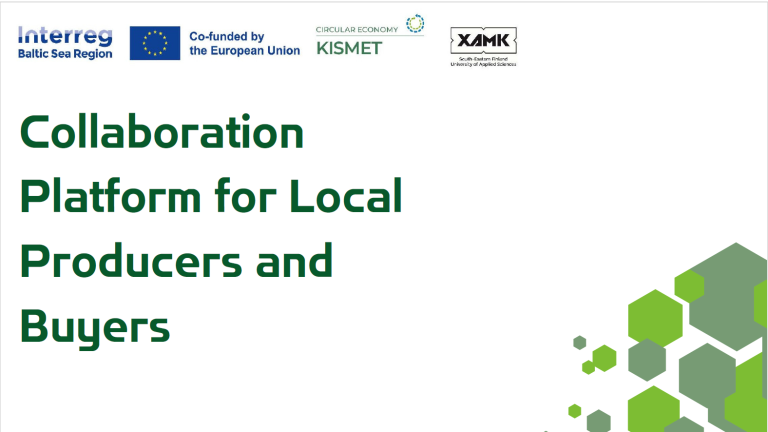
Collaboration Platform for Local Producers and Buyers
Collaboration Platform for Local Producers and Buyers
The purpose of the Platform is to promote encounters, strengthen networks, support joint innovation, and offer educational opportunities.
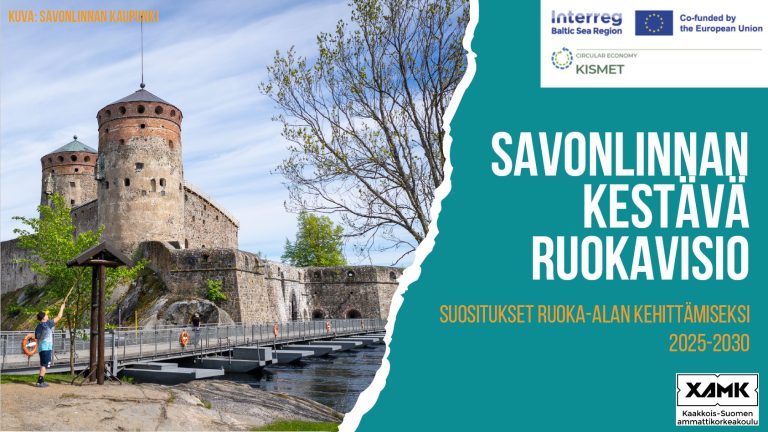
The Sustainable Food Vision 2030
The Sustainable Food Vision 2030
The purpose of the recommendations for food sector development and the Sustainable Food Vision
2030 is to provide the Savonlinna region with actionable proposals for sustainable and strategic food
sector development.
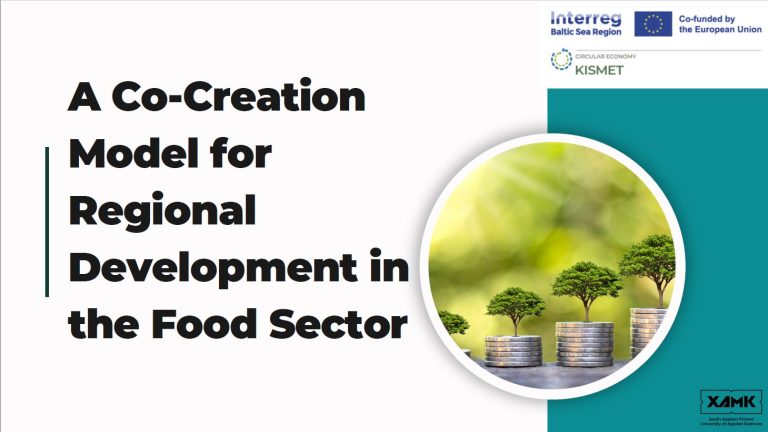
A Co-Creation Model for Regional Development in the Food Sector
A Co-Creation Model for Regional Development in the Food Sector
Co-creation in regional development unites diverse stakeholders—residents, businesses, government, and NGOs—to address local needs
and opportunities collaboratively. This participatory approach enhances project adaptability, fosters innovation, and strengthens
community commitment, leading to sustainable outcomes with impact. This presentation describes the step-by-step implementation of
co-creation development.
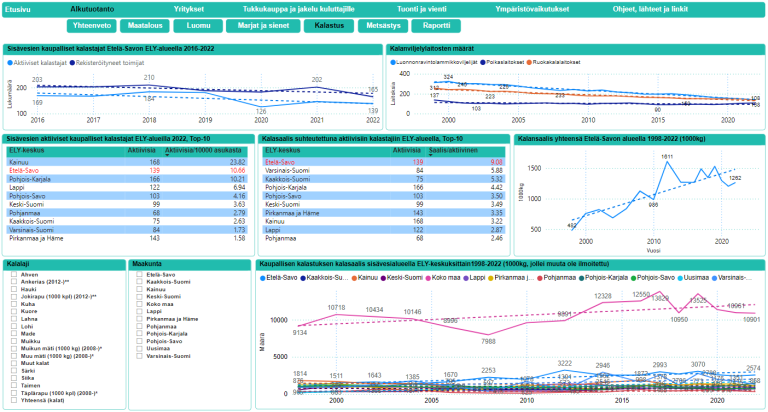
Databank – About the South Savo Food Chain
Databank – About the South Savo Food Chain
Implemented in cooperation with the European Cluster Network to Support South Savo Food Companies project. The Databank focuses on the food chain in South Savo and gathers information from primary production to the consumer’s table.
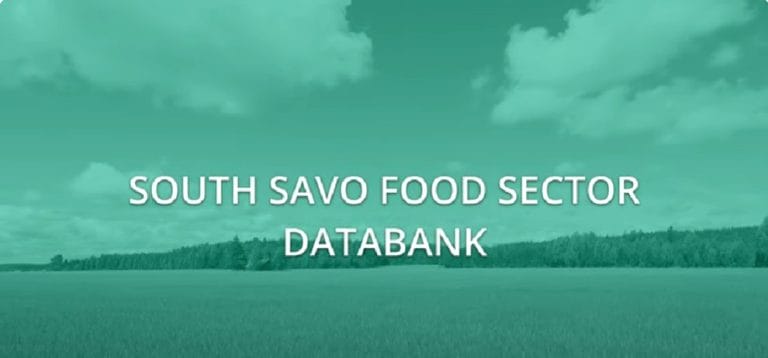
Databank video – About the South Savo Food Chain
Databank video – About the South Savo Food Chain
The video presents the food sector of South Savo using statistics compiled in a data bank. The data bank has been assembled by the KISMET project of the South-Eastern Finland University of Applied Sciences in collaboration with the Support for South Savo Food Industry Companies from the European Cluster Network project.
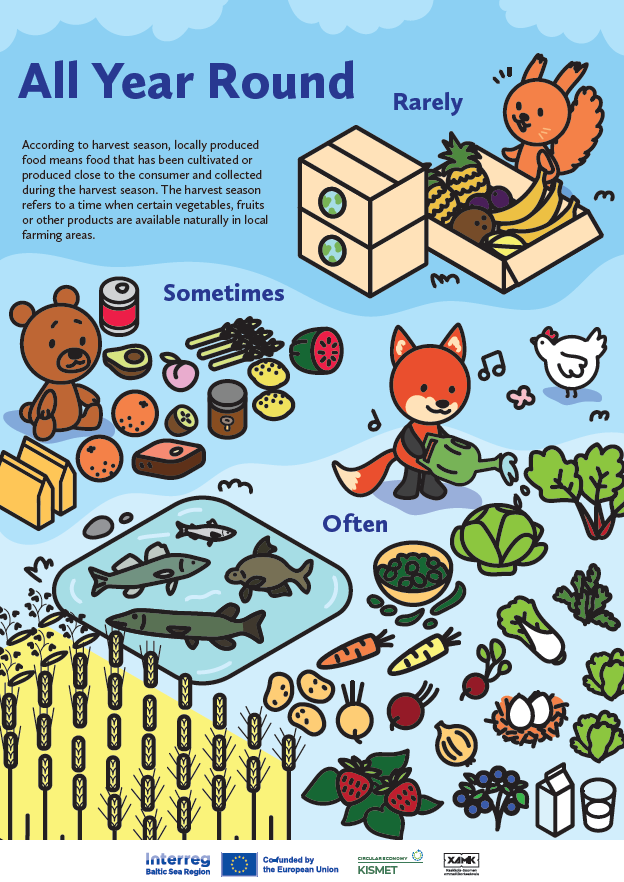
Seasonal pyramid – Kindergarten
Seasonal pyramid – Kindergarten
The food pyramid is built on seasonal and local products according to environmental & health impacts. The pyramid is divided into three horizontal layers: At the top are products that should be used rarely since they have a high environmental impact or are less healthy. These products are, for example, imported products (rice, sugar, fruits) outside of Europe. In the middle are products that can be used 2-3 times/week and are important to our diet but there is no need to eat them daily, they are also usually sourced more locally/regionally, such as animal products. At the base are foods that belong to the everyday diet, to a large degree regional/local foods, such as legumes, root vegetables, and cereals.
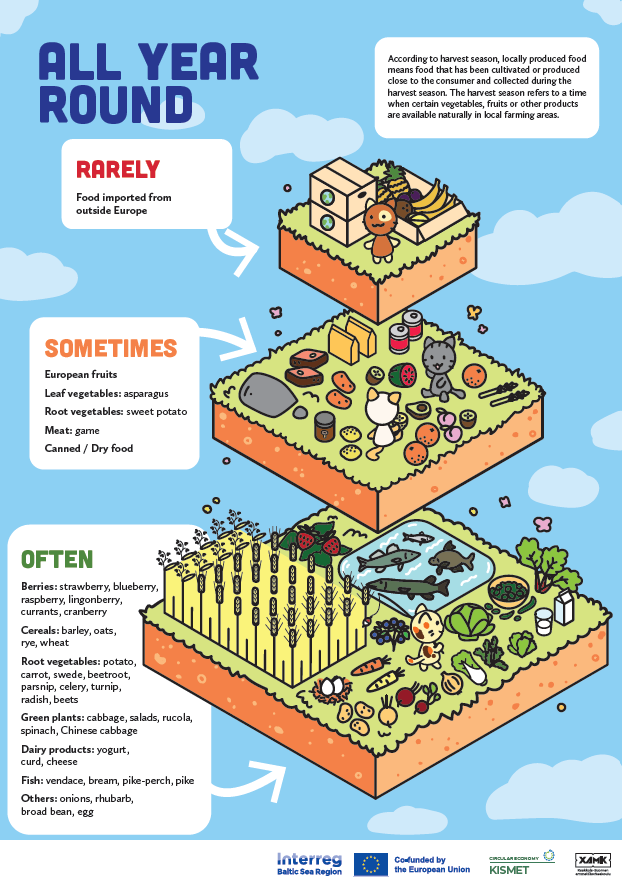
Seasonal pyramid – Elementary school
Seasonal pyramid – Elementary school
The food pyramid is built on seasonal and local products according to environmental & health impacts. The pyramid is divided into three horizontal layers: At the top are products that should be used rarely since they have a high environmental impact or are less healthy. These products are, for example, imported products (rice, sugar, fruits) outside of Europe. In the middle are products that can be used 2-3 times/week and are important to our diet but there is no need to eat them daily, they are also usually sourced more locally/regionally, such as animal products. At the base are foods that belong to the everyday diet, to a large degree regional/local foods, such as legumes, root vegetables, and cereals.
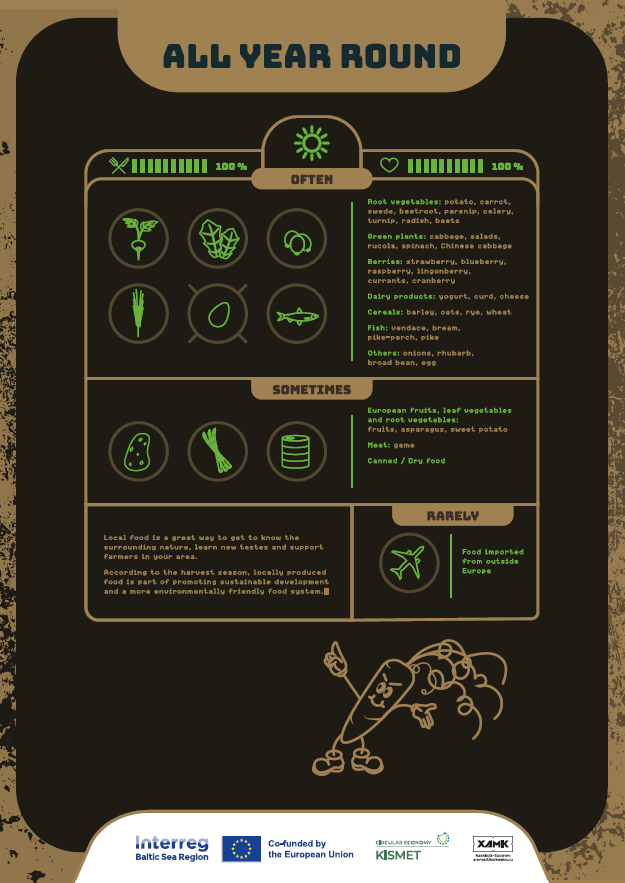
Seasonal pyramid – Secondary school
Seasonal pyramid – Secondary school
The food pyramid is built on seasonal and local products according to environmental & health impacts. The pyramid is divided into three horizontal layers: At the top are products that should be used rarely since they have a high environmental impact or are less healthy. These products are, for example, imported products (rice, sugar, fruits) outside of Europe. In the middle are products that can be used 2-3 times/week and are important to our diet but there is no need to eat them daily, they are also usually sourced more locally/regionally, such as animal products. At the base are foods that belong to the everyday diet, to a large degree regional/local foods, such as legumes, root vegetables, and cereals.
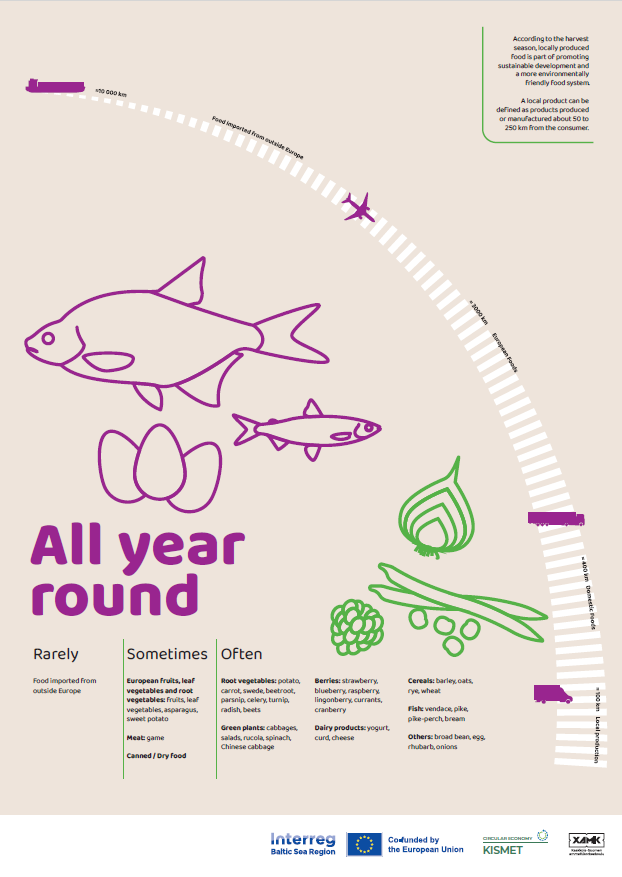
Seasonal pyramid – High school
Seasonal pyramid – High school
The food pyramid is built on seasonal and local products according to environmental & health impacts. The pyramid is divided into three horizontal layers: At the top are products that should be used rarely since they have a high environmental impact or are less healthy. These products are, for example, imported products (rice, sugar, fruits) outside of Europe. In the middle are products that can be used 2-3 times/week and are important to our diet but there is no need to eat them daily, they are also usually sourced more locally/regionally, such as animal products. At the base are foods that belong to the everyday diet, to a large degree regional/local foods, such as legumes, root vegetables, and cereals.
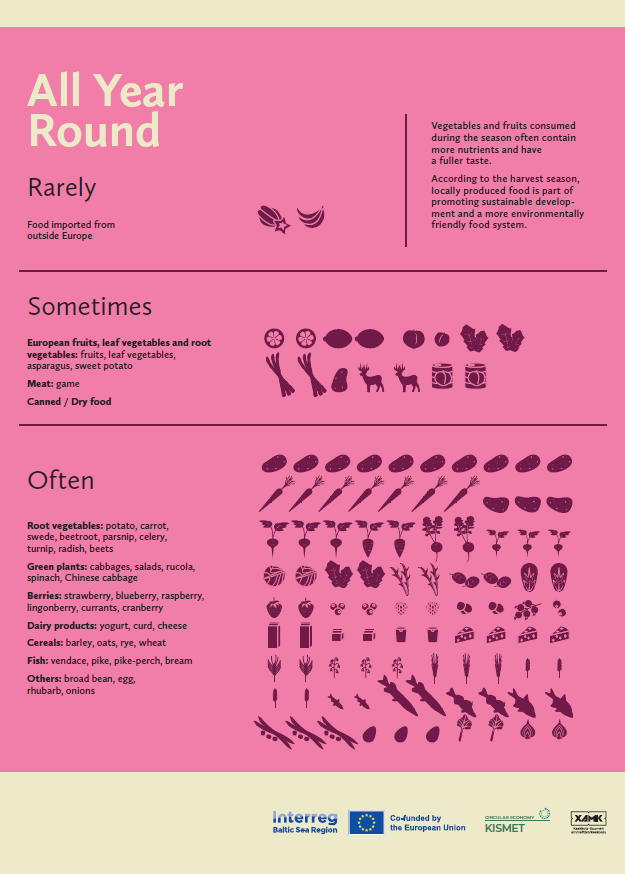
Seasonal pyramid – Staff cafeteria
Seasonal pyramid – Staff cafeteria
The food pyramid is built on seasonal and local products according to environmental & health impacts. The pyramid is divided into three horizontal layers: At the top are products that should be used rarely since they have a high environmental impact or are less healthy. These products are, for example, imported products (rice, sugar, fruits) outside of Europe. In the middle are products that can be used 2-3 times/week and are important to our diet but there is no need to eat them daily, they are also usually sourced more locally/regionally, such as animal products. At the base are foods that belong to the everyday diet, to a large degree regional/local foods, such as legumes, root vegetables, and cereals.
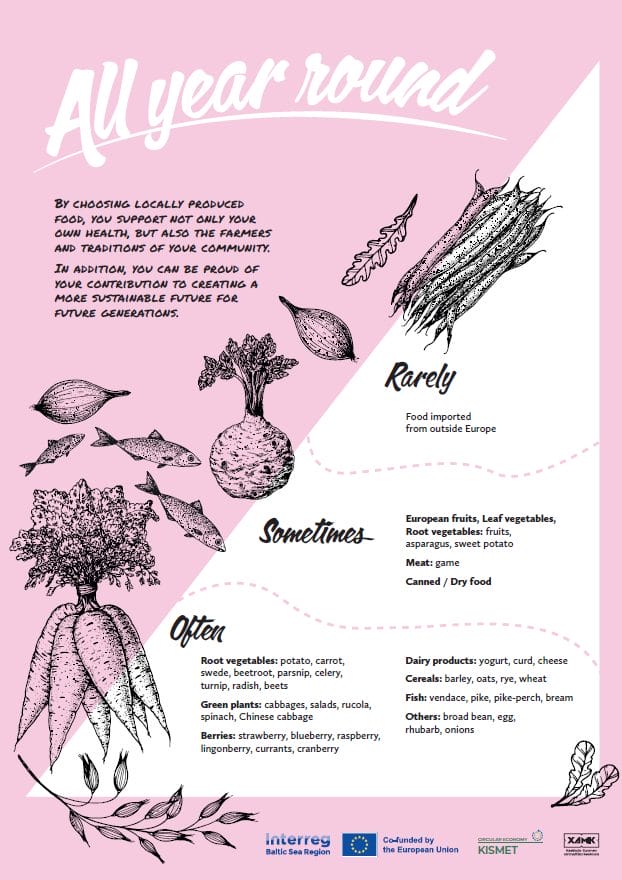
Seasonal pyramid – Eldery residents
Seasonal pyramid – Eldery residents
The food pyramid is built on seasonal and local products according to environmental & health impacts. The pyramid is divided into three horizontal layers: At the top are products that should be used rarely since they have a high environmental impact or are less healthy. These products are, for example, imported products (rice, sugar, fruits) outside of Europe. In the middle are products that can be used 2-3 times/week and are important to our diet but there is no need to eat them daily, they are also usually sourced more locally/regionally, such as animal products. At the base are foods that belong to the everyday diet, to a large degree regional/local foods, such as legumes, root vegetables, and cereals.
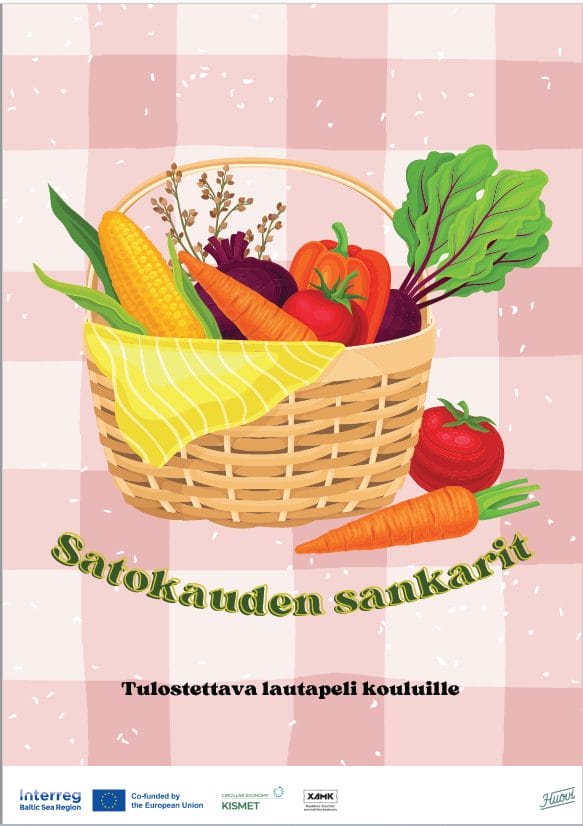
Harvest Season Heroes – Printable Board Game for Elementary Schools, Instructions
Harvest Season Heroes – Printable Board Game for Elementary Schools, Instructions
The Harvest Season Heroes board game is designed for schools in the Savonlinna region. The goal is to inspire students to learn about sustainable food systems through gameplay. The game introduces players to both domestic and imported ingredients, as well as the producer of school meals, Savonlinna Food Services. Points are awarded based on how close the ingredient on the picture card is produced. Special points (4 points, star) are given for ingredients from the Savonlinna local area.

Harvest Season Heroes – Board Game
Harvest Season Heroes – Board Game
Game and Instructions
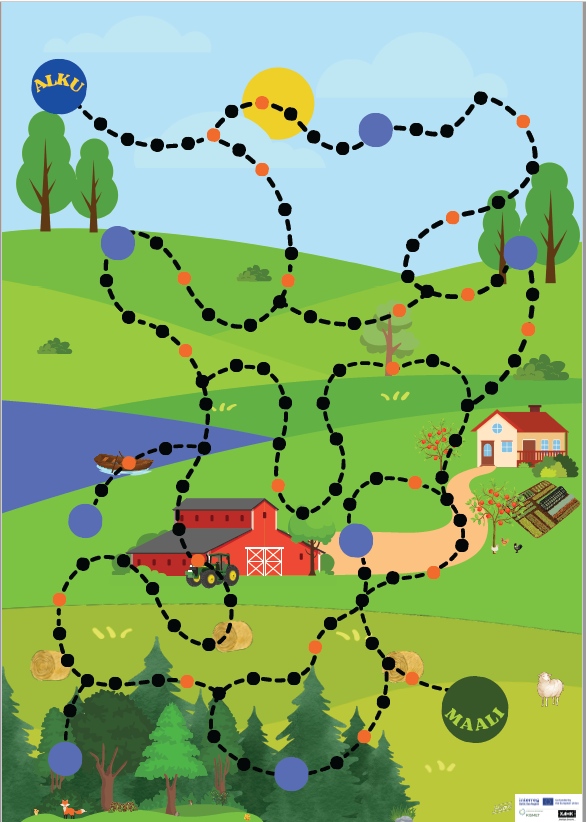
Harvest Season Heroes – Board Game
Harvest Season Heroes – Board Game
Game Board

Who Turned the Cabbage Heads?? – Printable Escape Game for Secondary Schools, Instructions
Who Turned the Cabbage Heads?? – Printable Escape Game for Secondary Schools, Instructions
The game is designed to support students’ learning about sustainable food systems. In this escape game, players work together to solve various puzzles. Progress in the game is only made once a puzzle is successfully solved. The goal is to complete all tasks before time runs out. The game introduces topics such as local products, imported ingredients, and food packaging labels, allowing for further discussion after the game. It is specifically designed for schools in the Savonlinna region.

Who Turned the Cabbage Heads?? – Escape Game
Who Turned the Cabbage Heads?? – Escape Game
Materials for Teachers
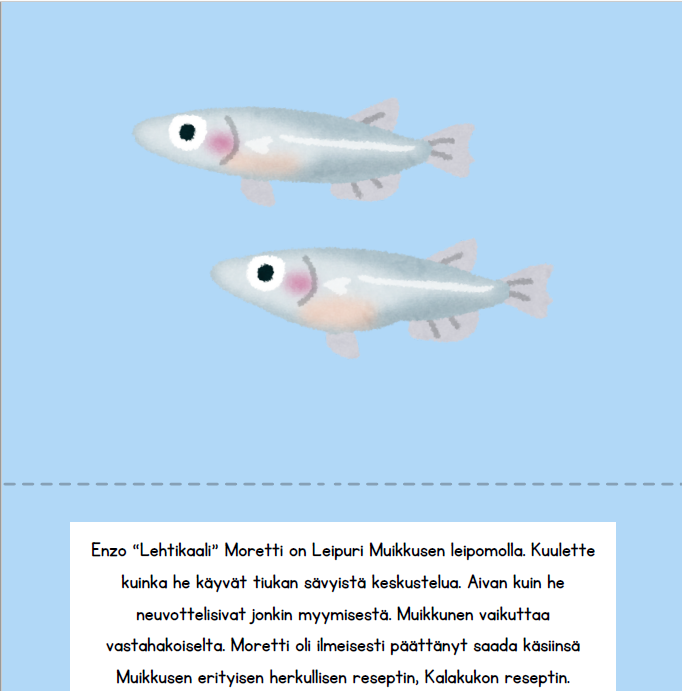
Who Turned the Cabbage Heads?? – Escape Game
Who Turned the Cabbage Heads?? – Escape Game
Double-sided Task Cards
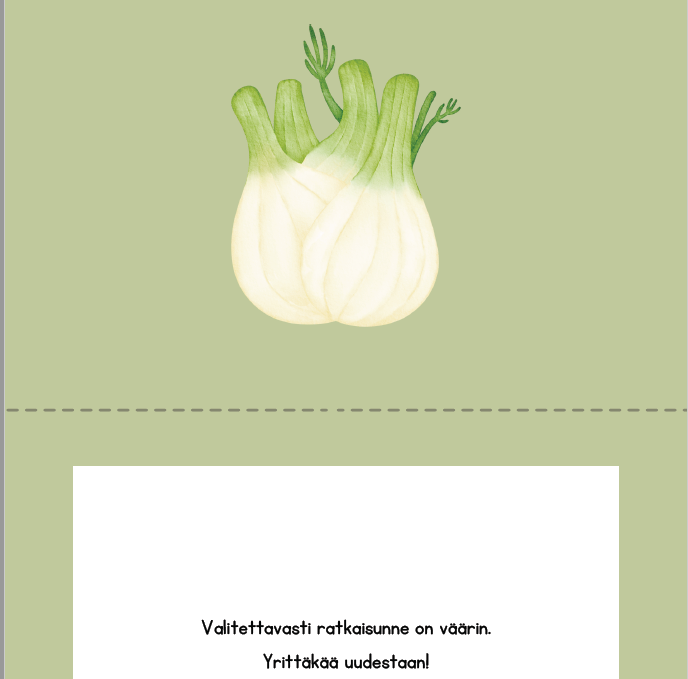
Who Turned the Cabbage Heads?? – Escape Game
Who Turned the Cabbage Heads?? – Escape Game
One-sided Prints
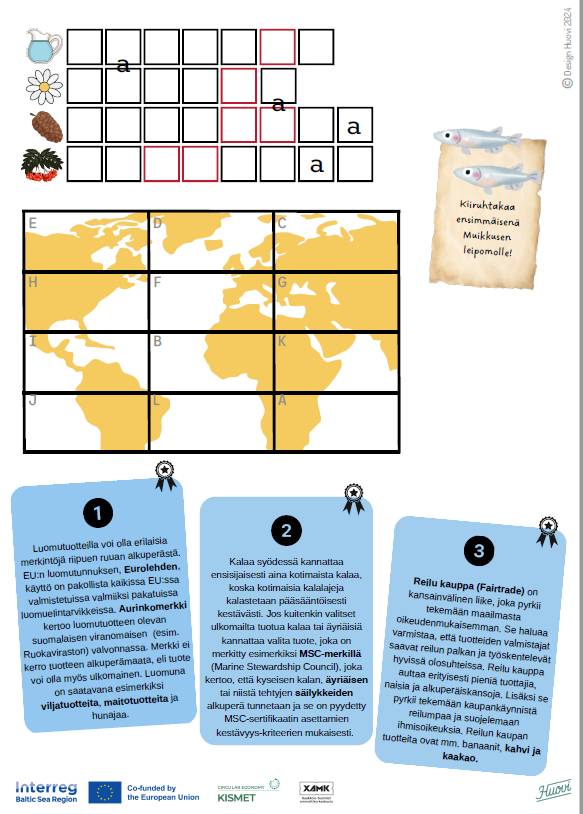
Who Turned the Cabbage Heads?? – Escape Game
Who Turned the Cabbage Heads?? – Escape Game
Portfolio of Spies
Events
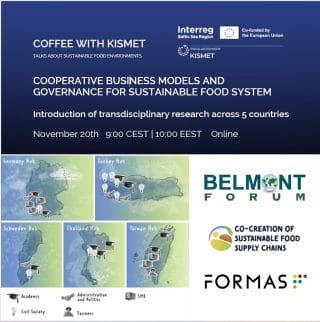
20.11.2025 Coffee with Kismet#22
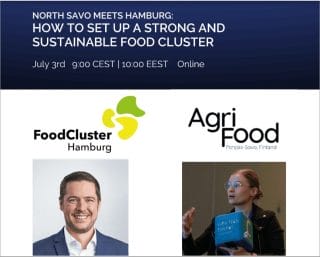
3.7.2025 Coffee with Kismet#21
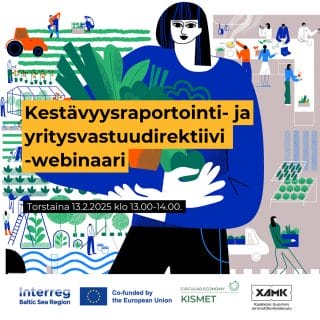
13.2.2025 Corporate Sustainability Reporting Directive and Corporate Sustainability Due Diligence Directive -webinar
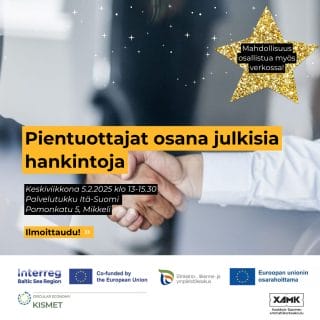
5.2.2025 Small Producers as Part of Public Procurement
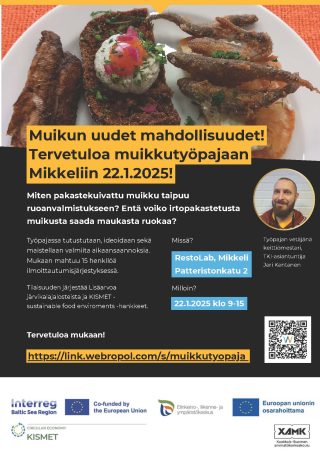
22.1.2025 The Vendace Workshop
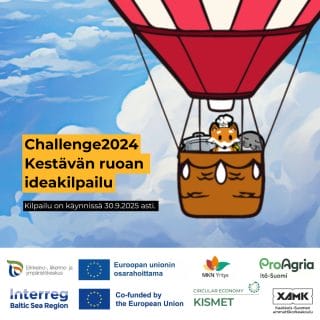
4.11.2024-30.9.2025 Future Sustainable Food Challenge 2024 Competition
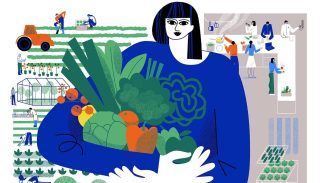
14.11.2024 Coffee with Kismet#20
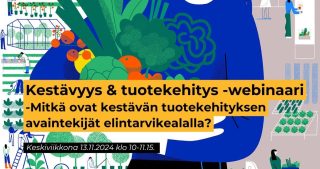
13.11.2024 Sustainability & Product Development -Webinar

7.11.2024 Dinner Table of Tomorrow -Seminar
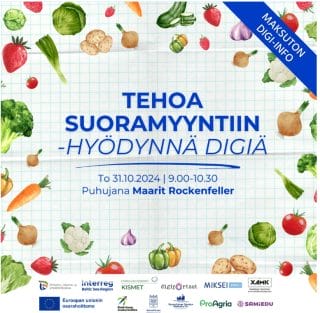
31.10.2024 Make Direct Sales More Efficient – Take Advantage of Digital
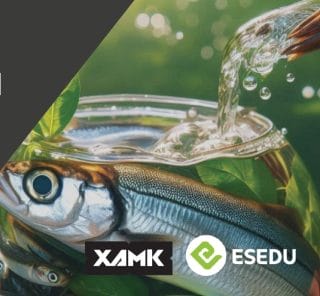
28.10.2024 Courage for Food Innovation
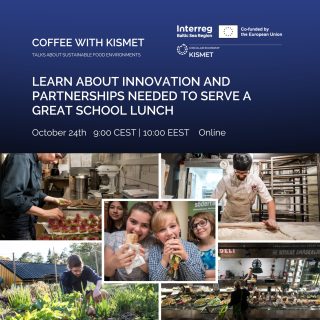
24.10.2024 Coffee with Kismet#19
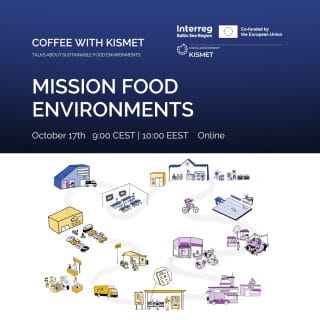
17.10.2024 Coffee with Kismet#18
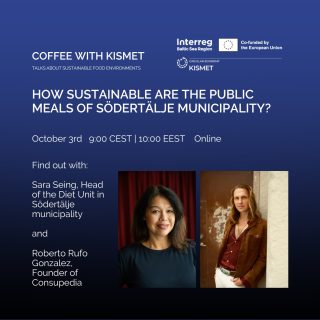
3.10.2024 Coffee with Kismet#17
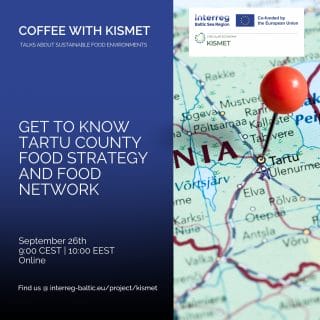
26.9.2024 Coffee with Kismet#16
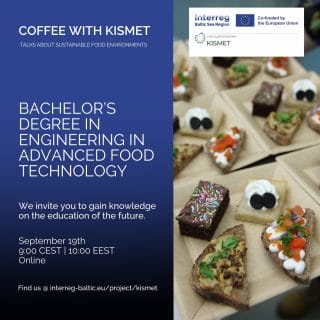
19.9.2024 Coffee with Kismet#15

18.9.2024 Savonlinna Food Visio
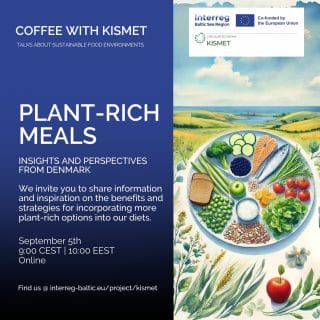
5.9.2024 Coffee with Kismet#14
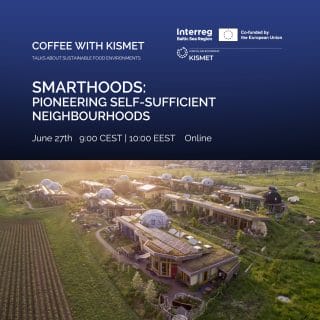
27.6.2024 Coffee with Kismet#13
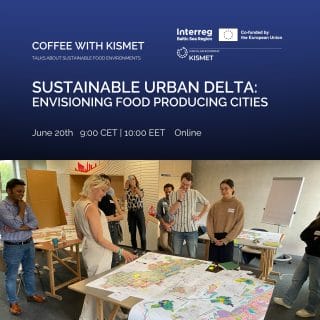
20.6.2024 Coffee with Kismet#12
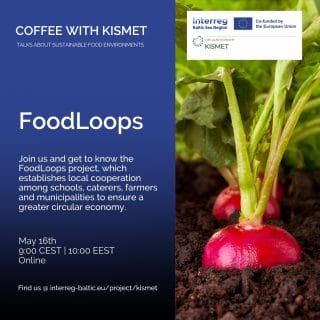
16.5.2024 Coffee with Kismet #11
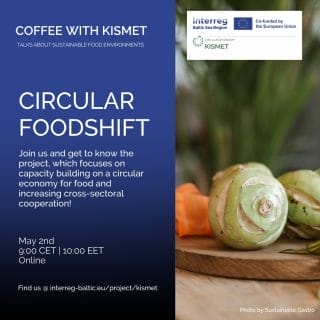
2.5.2024 Coffee with Kismet #10
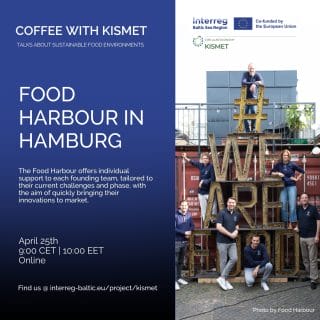
25.4.2024 Coffee with Kismet #9
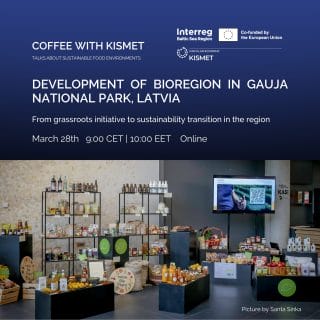
28.3.2024 Coffee with Kismet #8
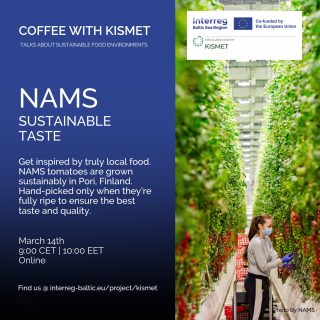
14.3.2024 Coffee with Kismet #7
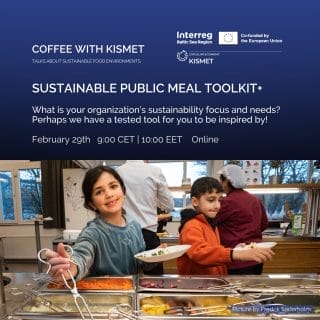
29.2.2024 Coffee with Kismet #6

14.2.2024 Savonlinnan Ruoka Forum: Millä Eväillä Tulevaisuuteen?
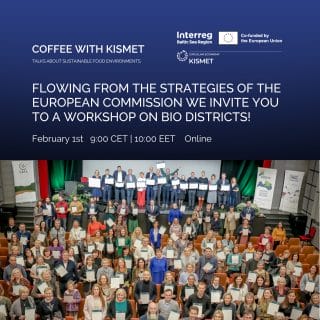
1.2..2024 Coffee with Kismet #5
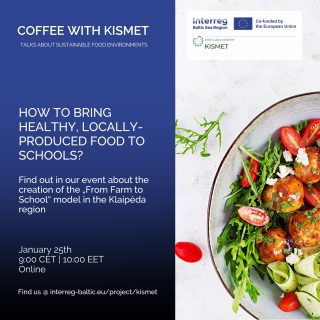
25.1.2024 Coffee with Kismet #4
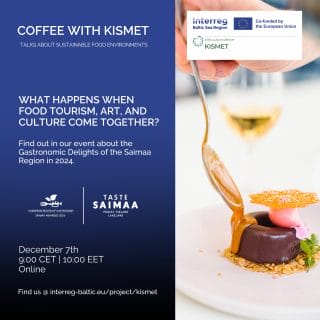
7.12.2023 Coffee with Kismet #3
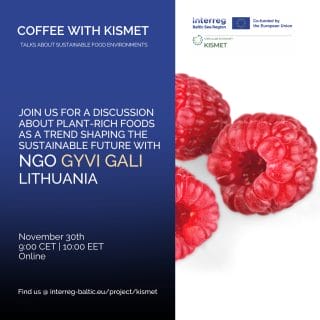
30.11.2023 Coffee with Kismet #2
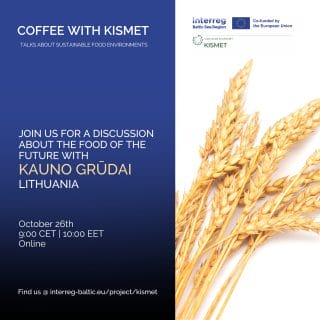
26.10.2023 Coffee with Kismet #1
Publications and Materials
Jade Hirvonen and Minna Nieminen, 14 June 2023: Service Design Flows through Cha Cha Chaa.
Anne Mette Ravn Nielsen and Piia Mikonsaari, 25 June 2024: How do you do so far?
Minna Nieminen, 4 December 2024: The Opportunity for Leadership in the Food Sector.
Piia Mikonsaari, 30 April 2025: KISMET – Sustainable Food Environments – Pilots.
Strengthening Regions Together: Xamk and KISMET at the Interreg National Event in Helsinki, Finland, 10 September, 2025.
KISMET – Sustainable Food Environments Final Conference in Rantasalmi-Savonlinna, Finland, 10-13 November, 2025.

Small Producers as Part of Public Procurement -event materials

13.2.2025 Materials from the Corporate Sustainability Reporting Directive and the Corporate Sustainability Due Diligence Directive -webinar

17.2.2025 Dynamic Purchasing System (DPS) -webinar materials
More information
Piia Mikonsaari
Project manager
South-Eastern Finland University of Applied Sciences
tel. +358 50 4108 048
piia.mikonsaari@xamk.fi
Jenni Palosaari
RDI Specialist
South-Eastern Finland University of Applied Sciences
tel. +358 50 9111 364
jenni.palosaari@xamk.fi
